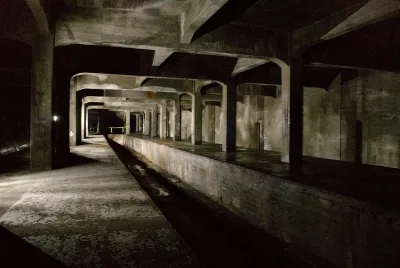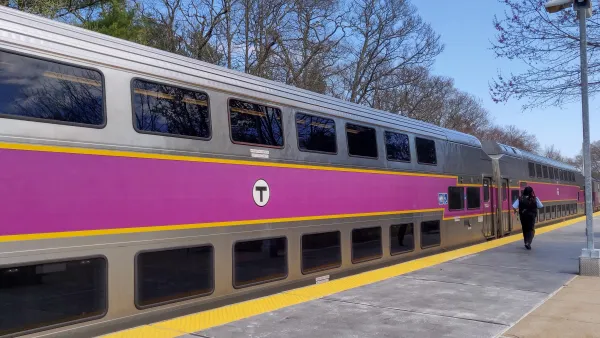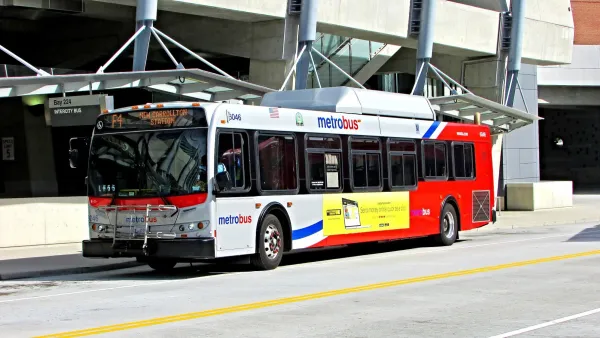City officials are looking for proposals to use Cincinnati's long-abandoned subway tunnels, but not for transit; they already tried that.

In the 1920s, the city of Cincinnati abandoned construction of its subway with only 2 miles of twin tracks laid. Today, nearly a century years later, “the subway tunnel not only sits empty but costs city taxpayers money to maintain,” writes Sharon Coolidge in a recent article for the Cincinnati Enquirer. Now the city has issued a request for proposals for ways to repurpose the tunnel, for commercial or other purposes, reports Coolidge.
The city manager called the tunnel a “unique, underutilized, asset” and told the Enquirer they’re looking for “creative, fresh ideas on what could be done with the space, if anything.” When news hit social media, user after user on X — formerly Twitter — jokingly suggested the city use the tunnel, which sits below Central Parkway in downtown Cincinnati, for its original, much-needed purpose: a subway. But according to another Cincinnati Enquirer article from a few years ago, the city proposed using the tunnels for a light-rail system in 2002, but it was rejected by voters.
FULL STORY: Cincinnati exploring options to use never-completed subway tunnel

National Parks Layoffs Will Cause Communities to Lose Billions
Thousands of essential park workers were laid off this week, just before the busy spring break season.

Retro-silient?: America’s First “Eco-burb,” The Woodlands Turns 50
A master-planned community north of Houston offers lessons on green infrastructure and resilient design, but falls short of its founder’s lofty affordability and walkability goals.

Delivering for America Plan Will Downgrade Mail Service in at Least 49.5 Percent of Zip Codes
Republican and Democrat lawmakers criticize the plan for its disproportionate negative impact on rural communities.

Test News Post 1
This is a summary

Test News Headline 46
Test for the image on the front page.

Balancing Bombs and Butterflies: How the National Guard Protects a Rare Species
The National Guard at Fort Indiantown Gap uses GIS technology and land management strategies to balance military training with conservation efforts, ensuring the survival of the rare eastern regal fritillary butterfly.
Urban Design for Planners 1: Software Tools
This six-course series explores essential urban design concepts using open source software and equips planners with the tools they need to participate fully in the urban design process.
Planning for Universal Design
Learn the tools for implementing Universal Design in planning regulations.
EMC Planning Group, Inc.
Planetizen
Planetizen
Mpact (formerly Rail~Volution)
Great Falls Development Authority, Inc.
HUDs Office of Policy Development and Research
NYU Wagner Graduate School of Public Service





























